ECUADOR
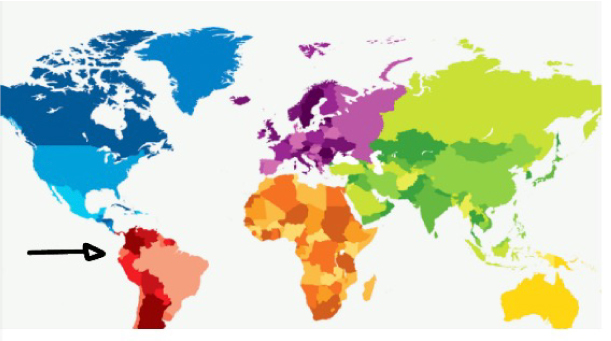
Ecuador is located at northwest of Southamerica.
It has 256,370 km² (98985.01mi²) and it is the 9th biggest country in this part of the continent. Next to it, in the north, is Colombia, on the east and south is Peru, and on the west, the Pacific Ocean.

Ecuador has very particular geographical characteristics due to its position on the planet and, due to these, there is a great diversity of climates and microclimates.
The country is crossed, from north to south, by two branches of the Cordillera de los Andes: the Cordillera Oriental and the Cordillera Occidental. Between these two branches, is the inter-Andean alley. In addition, it is crossed by the equinoctial line and, being in the middle of the world, the sea currents also have a great influence.
So, all these characteristics make Ecuador have various climates and microclimates both by latitude and altitude.
For this reason, when they ask us when is the best time to come to Ecuador, the most common answer they will hear is “it depends”; If you want to come to the mountains (Andes), keep in mind that, in general, it has a rainy and cold climate from November to April and dry from May to October and its temperature is between 13 and 18 degrees Celsius; the Pacific Coast has a rainy season between December and May and a dry season from June to November and its temperature ranges between 23 and 36 degrees Celsius; In the Amazon, temperatures are normally between 23 and 36 degrees Celsius and the season is rainy and humid from January to September and dry from October to December; Finally, Galapagos offers a temperate climate with temperatures between 22 and 32 degrees Celsius and is generally dry with light rains during some times of the year.
Also, what is recommended to visit Ecuador depends on what activities you want to do: if you want to do mountain summits, it is preferable to do it in the rainy season for the mountains since there will be no strong and dangerous summer winds when you are climbing, or if you want to come to the Amazon during the dry season, you will be able to enjoy the forest a little better because you will not have heavy rains falling all the time, but the rivers will be drier and lower, which will make the routes longer…. As you can see, everything “depends”.
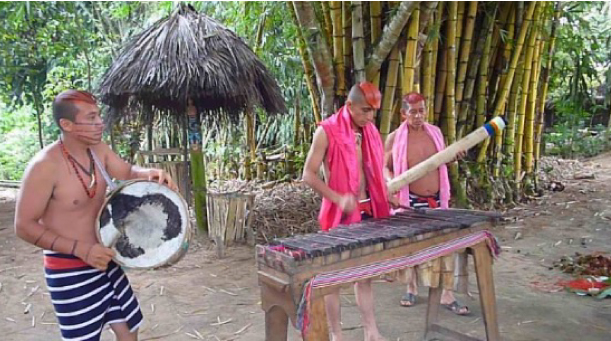
The official language in Ecuador is Spanish, a language adopted since the Spanish conquest of this part of America.
Today, there are also tho other languages that are considered second and third official languages respectively: Kichwa (spoken by almost 7% of the population mostly by the indigenous groups in the highlands and part of the Amazon), and the Shuar (spoken by the Shuar community in the southeast region in the amazon).
Most of the kichwa and Shuar speakers will be able to understand and speak Spanish, but very few (especially the oldest ones) won’t be able to understand. Also, some native kichwa speakers, especially in the Otavalo region, can speak other languages like English, French or German, mostly the ones that work directly with tourists.

The population of Ecuador is 17,511,000 inhabitants, divided almost into 50% women and 50% men.
The population is roughly divided into 85% mestizo, 10% indigenous, 3% black, and 2% white.
Ecuador is a State that recognizes the diversity of its population, accounting for 14 indigenous nationalities that have their own language, territory, and traditions recognized and respected in the 2008 Constitution.
Due to the economic situation that some neighboring countries are going through and since in Ecuador its official currency is the US dollar, many people see in the country an opportunity to improve their situation, which has caused a lot of migration in 381,507 people who come mainly from Colombia, Peru, Venezuela and the United States (the latter because Ecuador is considered one of the favorite places for American retirees due to its good climate, tranquility, friendliness of the people and low cost of living).
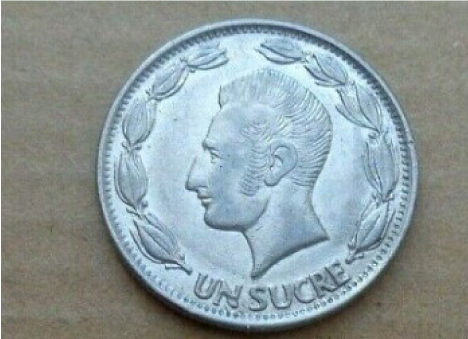
In the year 1822, on May 24, the historic Battle of Pichincha took place on the slopes of the volcano of the same name, west of Quito. Criollos (quiteños) and Spaniards (Royal Army) clashed and finally, Quito (now Ecuador) won its independence from Spain.
The military man in charge of that battle was called Antonio José de Sucre, a hero recognized in all the nations that Simón Bolívar helped make independent.
Sucre is a very important name in Ecuador, so much so that its official currency adopted that name in 1884 and remained for 116 years.
Starting in 1992, a great devaluation of the currency against the US dollar began, starting at approximately 3,000 sucres for 1 dollar. In 1998 a great economic crisis began in Ecuador that generated great inflation, the bankruptcy of some important banks, a migratory wave of Ecuadorians towards Spain, and, finally, the biggest drop of 25,000 sucres for 1 dollar. The president at that time made the decision to adopt the US dollar as the official currency that would generate economic stability after so many years.
Now, if you come to Ecuador, you can do it with your US dollars with peace of mind and the sucre no longer exists except in museums.

According to the statistics institute of Ecuador, 8 out of 10 Ecuadorians who say they have a religious affiliation are Catholics. The rest have affiliations with other religions such as Jehovah’s Witnesses, Buddhism, Judaism, Hinduism, Islam, and atheists.
According to other sources, these would be the percentages:
- 80.4% Catholics
- 11.3% Protestant
- 1.29% Jehovah’s Witnesses
- 6.96% Other or none
It is important to emphasize that morality in Ecuador is largely governed by the values preached by the Catholic religion, so it could be said that, despite being declared a Secular State since the beginning of 1895 with the Liberal Revolution, the Catholic Church still has a great influence on the behavior of Ecuadorians.
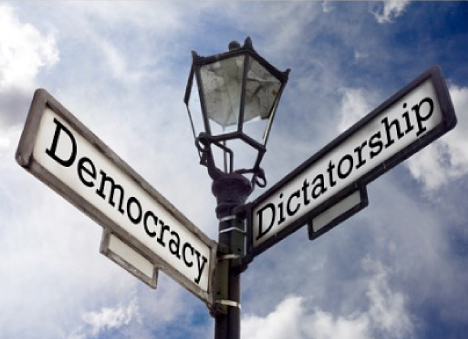
Ecuador (Royal Court of Quito, in 1822) is 200 years old after being declared independent from Spain and 192 years after being formed as a republic. It is a type of democratic government in which voting by authorities is mandatory for all literate citizens between the ages of 18 and 65.
In the history of the country there have been 55 presidents and these are elected every 4 years (in theory), as well as the representatives of the Assembly (formerly Congress) and other representatives of the Executive and Judicial power.
Politics in Ecuador is multi-party and the Assembly is made up of representatives of several of these political parties and movements.

The geographical position and the presence of the Andes, make Ecuador have 4 large regions that are: Coast, Sierra (Andes), Amazon, and Galapagos.
Within these 4 regions, there are several micro-regions with their own climates, species of plants, animals, etc.
Likewise, being in the middle of the world, in the Pacific Ocean, the different large marine currents meet on the coasts of Ecuador and generate a movement of temperatures conducive to microscopic life on which large fish and marine mammals feed. Besides all this, it influences the climate on land and we can find different types of forests depending on whether we are north or south of the coast.
All these large and micro-regions and climates generate around 90 ecosystems and mega biodiversity that is not found in other countries of its size. There are around 1,690 species of birds, 4,000 species of orchids, 450 species of mammals, 650 species of amphibians, 2,200 species of butterflies… among many others.
Politics in Ecuador is multi-party and the Assembly is made up of representatives of several of these political parties and movements.
In Ecuador, the common voltage is 120 V. The frequency is 60 Hz. The plugs and sockets are of type A / B.
As shown below.
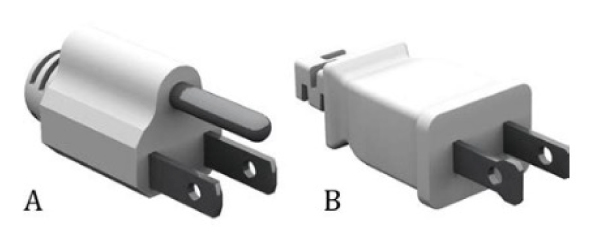

© 2022 Free Travel Infromation - Todos los derechos reservados.












